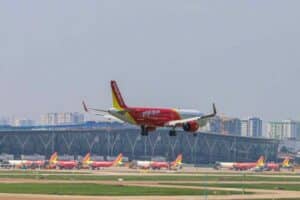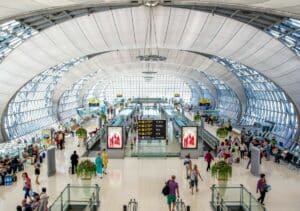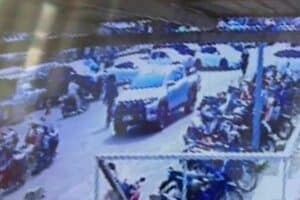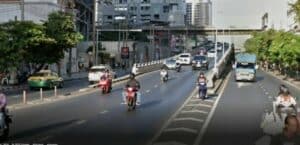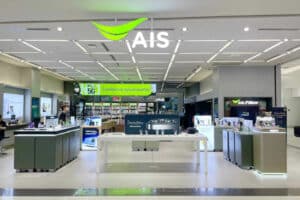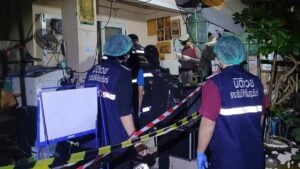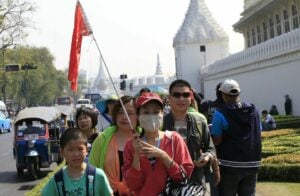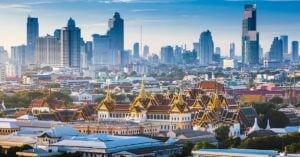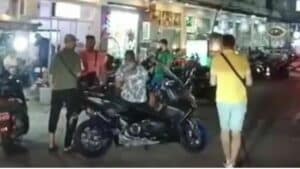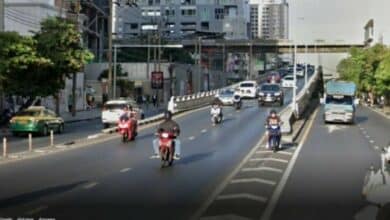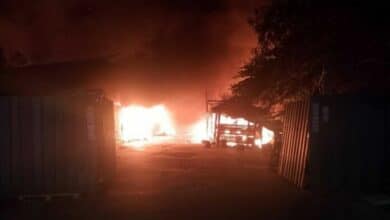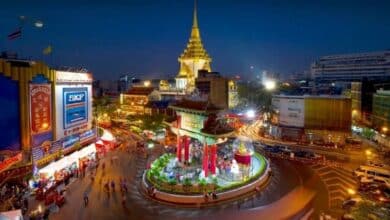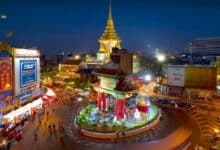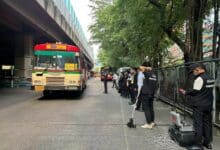Passengers at Bangkok’s main train terminal to get help from new robots
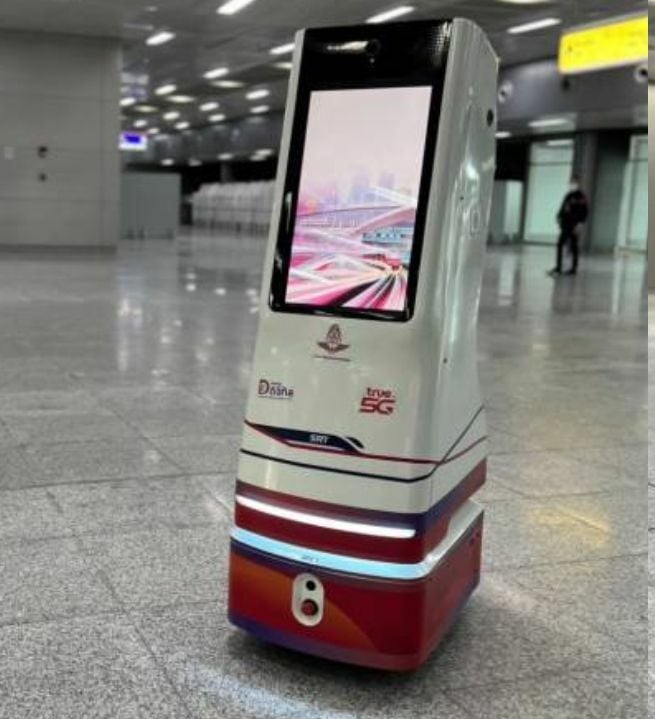
Passengers at Bangkok’s Krung Thep Aphiwat Train Terminal will be getting help from new service robots. The massive train station, formerly known as Bang Sue Grand Station, will feature six robots which can communicate in English, Thai and Chinese. The robots can guide passengers to certain locations in the train station such as the food centre, ticket booths, and taxis.
According to Thai PBS World, the State Railway of Thailand is also introducing server smart wheelchairs to help passengers with disabilities. As the wheelchairs are still undergoing trials, the SRT says they will be in service soon.
The train station began full-service yesterday with the transfer of 52 long-haul trains from Hua Lamphong. The old Hua Lamphong station will continue to serve the usual suburban and tourist train services.
All northern and north-eastern train routes will run to Don Mueang on the same elevated track as the Red Line uses from Bang Sue to Rangsit. The move was made to help ease road traffic congestion at the Thung Song Hong level and Bang Khen crossings. Now, the previous barriers will be no more in an effort to clear up traffic.
Meanwhile, the train station that is known as Southeast Asia’s largest, began operations yesterday after controversy swirled around its name change.
Officially, the station’s name is Krung Thep Aphiwat Central Terminal, a name bestowed by His Majesty the King. To most people, however, it will likely be known as Bang Sue Grand Station, after the part of Bangkok in which it is located.
The name change is on hold after it received heavy backlash for its US$1 million (30 million baht) price tag. When His Majesty the King renamed Bang Sue Grand Station, “Krung Thep Abhiwat Central Terminal,” in September, many questioned the need to spend such an amount in taxpayers’ money.
The construction of the new terminal coincided with major projects expanding rail networks in Thailand and other countries in Southeast Asia, largely spurred by China’s Belt and Road infrastructure initiative and its high-speed rail technology.
Trains will come and go on 24 tracks at 12 platforms, with the station able to manage up to 40 trains at the same time, according to the government. At peak times it can handle up to 600,000 passengers per day, more than 10 times the capacity of Hua Lamphong station.




